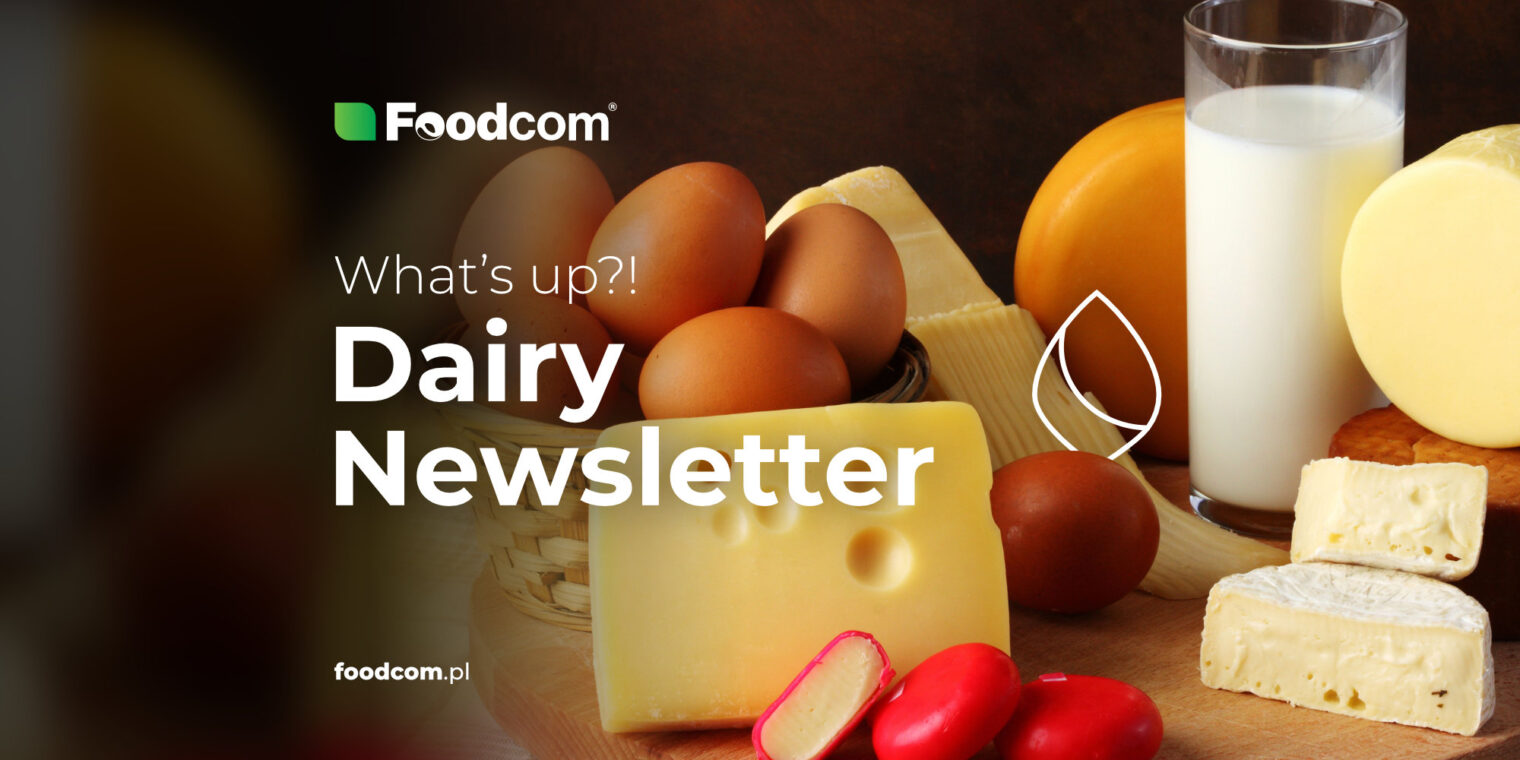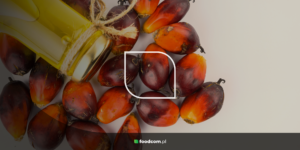Hello Partners!
Welcome back to our Newsletter!
The upcoming holiday season traditionally influences a slowdown in the dairy market. This seasonal trend can be observed every year, with manufacturers and distributors reducing orders in the second half of December. At Foodcom, we do not just observe these changes – we actively participate in them. As this special year draws to a close, we are delighted to share with you the two hundredth edition of our newsletter.
Let’s check out what else is happening in the dairy market!
Hottest Products of the Week
Milk Powders
Skimmed Milk Powder (SMP) is subject to a small price adjustment with a slight fluctuation due to changes in the euro/US dollar exchange rate. Prices are stable, although declines are being recorded in some regions. As the holidays approach, buyer activity is decreasing, indicating a trend towards market stability and a balanced dynamic of supply and demand.
Lactose prices declined at both ends of the price range this week. The higher price remained stable, but the lower range fell. Producers are actively securing lactose supply contracts for the first quarter of 2024, with clearly increasing interest in quarterly contracts compared to the current one.
Whey powder and derivatives
Whey Powder prices have started to slowly decline in the last week (SWP)
Whey Protein Concentrates and Isolates (WPC/WPI) have maintained high prices, even with minor price fluctuations in the dairy powder market. This indicates a trend of overall market stability, which is likely a balanced global supply and demand dynamic. In a parallel process, whey prices in Europe have increased, supported by stable demand from buyers of feed products. Demand for whey powder in food products remains high, as does continued interest in whey derivatives.
Cheese
The prices of cheeses such as Gouda, Edam and Mozzarella are correcting and most buyers expecting a price reduction early next year. On the other hand, European cheese producers are struggling with production problems as they are working below full capacity due to unfavorable weather conditions in some regions and limited milk volumes. This is leading to lower cheese stocks in Europe as production is unable to meet the strong demand from both the food service and retailers, especially during the end of the year. Despite these internal market factors, cheese exports remain stable, indicating continued interest in European cheeses around the world.
Fats
Recent fluctuations in cream prices have affected European butter prices, which now range between 5,35-5,45EUR/KG. This change coincides with an increase in butter and AMF prices due to strong retail demand for cubed butter before the holidays. Producers are therefore focusing on retail needs at the expense of producing butter in big blocks. However, the market may slow down as demand for butter is expected to fall over the winter holidays and contract negotiations for 2024 are delayed due to different price expectations.
Liquids
For over the past two weeks, the dairy market has experienced significant price fluctuations, particularly for cream, where prices fell sharply from 7,50 EUR/KG to 6,60-6,70 EUR/KG. This significant drop of almost 1 euro is an indicator of broader changes in the dairy market as a whole and could have a major impact on final product prices.
At the same time, the availability of cream is lower in some regions of Europe, which means that not all manufacturers have finished Christmas production.
It can be observed that the amount of liquid milk available on the market has increased, which is reflected in price pressure on suppliers. Prices for milk concentrates fell sharply before the holidays, as they do every year. In addition, the number of places that can process additional volumes is decreasing.
What Else?
The USDA has lowered its 2024 milk production forecast to 229 billion pounds and revised its 2023 forecast to 226.9 billion pounds, citing reduced milk production per cow and a smaller dairy herd. Dairy farmers are increasingly focusing on producing components for butter and cheese, leading to less drinkable milk production. This shift has resulted in butterfat levels in milk reaching their highest since the Great Depression.
EU agricultural report highlights resilience of dairy sector despite structural challenges ahead, including labor shortages and generational changes. Political and legislative pressures are driving a shift towards more sustainable practices. Despite these challenges, the EU has maintained steady milk supplies and remains a leading global dairy exporter. However, EU milk production is expected to decrease slightly due to environmental policies leading to a reduction in dairy cattle. Globally, milk production growth is shifting, with regions like Southeast Asia and North Africa increasing production. While the EU and New Zealand remain top dairy exporters, the US is expected to see significant growth in dairy exports due to less stringent regulations.
The EU agricultural report underlines the resilience of the dairy sector despite the structural challenges it faces, including labor shortages and generational changes. Political and legislative pressure is leading to a shift towards more sustainable practices. Despite these challenges, the EU has maintained a stable milk supply and remains the world’s leading exporter of dairy products. However, milk production in the EU is expected to decline somewhat due to environmental policies leading to a reduction in dairy herds. The global milk supply is changing, with regions such as South East Asia and North Africa increasing their production. While the EU and New Zealand continue to be important milk exporters, the US is expected to see a significant increase in milk exports due to less stringent regulations.







